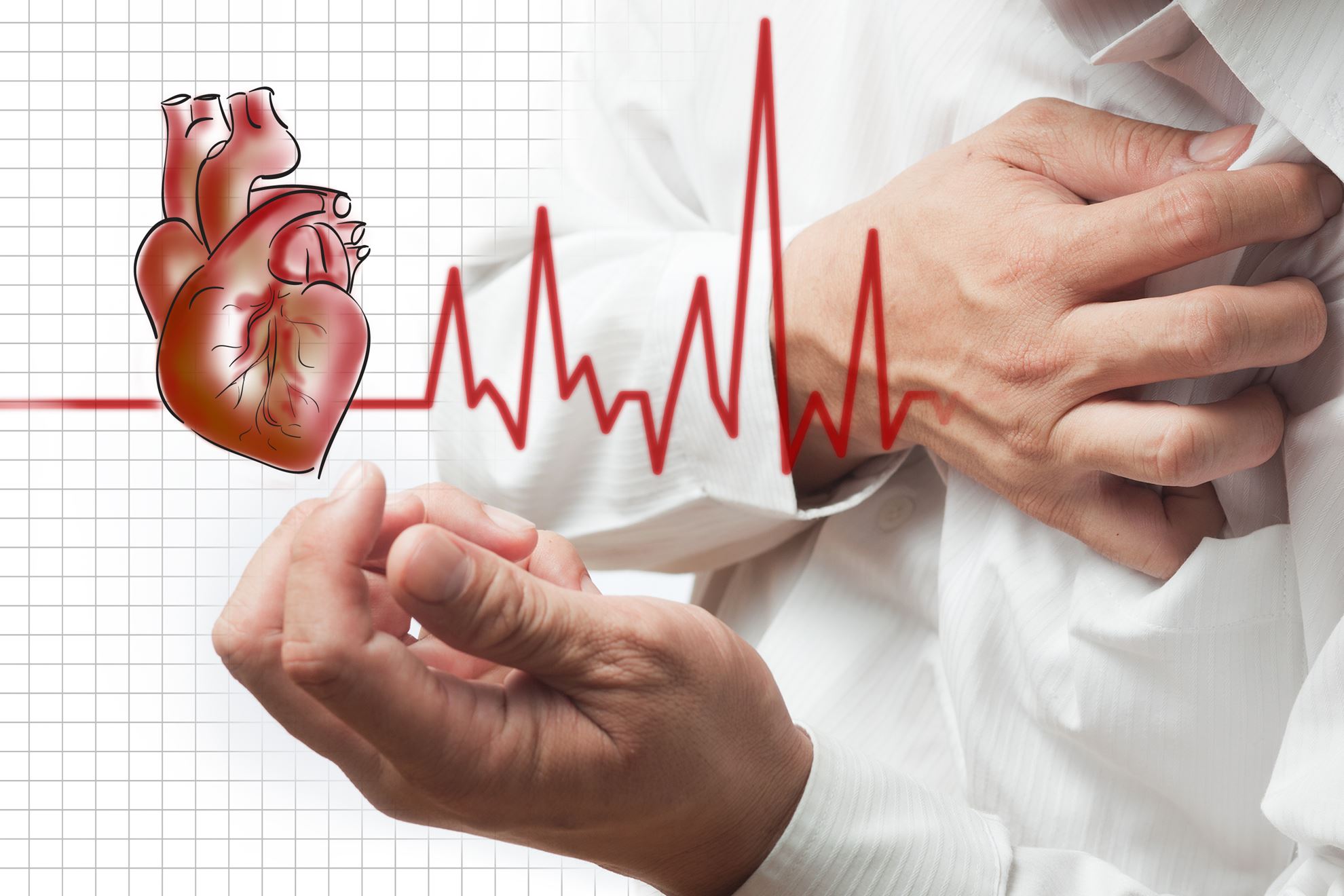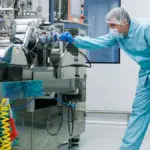Coronary artery disease is also known as atherosclerotic heart disease. CAD as it is abbreviated as, is the result of the accumulation of atheromatous plaques, mostly made up of fat, cholesterol etc. within the walls of the coronary artery that supply the myocardium which is the muscle of the heart, with oxygen and nutrients. Coronary heart disease occurs when the small blood vessels which supply blood and oxygen to the heart is narrowed.
The deposition of the plaques in the lumen which is the free space in the artery for the flow of nutrients, oxygen etc. of an artery causes narrowing of the lumen of the artery by decreasing its diameter. It is sometimes also known as the coronary heart disease abbreviated as CHD. Symptoms of coronary heart disease may be very noticeable but sometimes a person can have the disease and not have any symptoms. Chest pain or discomfort (angina) is the most common symptom. A person feel this pain when the heart is not getting enough blood or oxygen. The intensity of the pain however varies from person to person.
It may feel heavy or like someone is squeezing the heart. The pain is felt mainly under the breast bone or the sternum, but also it is felt in the neck, upper back region, arms and stomach. The pain usually occurs with activity or emotion and goes away with rest or a medicine called nitroglycerin. Other symptoms include shortness of breath and fatigue with activity or exertion. Although the coronary heart disease cannot be cured it can be managed much more effectively today than in the past. Treatment consists mainly of lifestyle changes, and perhaps some medical procedures and medications. Visit the best cardiology hospital in India which can modify your cholesterol levels with medications effectively. Some specific lifestyle changes can significantly improve the health of the arteries which include absolute stoppage of smoking, eating a healthy and well balanced diet, exercising regularly, aiming for an ideal body weight as well as reducing the emotional and mental stress.
In case of severe condition, if fatty deposit build up has left the blood vessels very narrow, or if symptoms are not responding well enough to medications, a surgery may be required to open up or replace the blocked arteries. In percutaneous coronary revascularization also known as angioplasty or stent placement, catheter is inserted into the narrowed part of the artery. A deflated ballon is passed through the catheter to the affected area. When the balloon is inflated, it compresses or squashes the fatty deposits second against the artery walls. A stent or mesh tube is sometimes left in the artery to help keep it open. In some cases the stent releases a medication.
In coronary bypass surgery procedure, the surgeon creates a graft to bypass the blocked artery by using a vessel from another part of the body. The bypass graft can be a vein from the leg or an inner chest wall artery. And in laser surgery, the surgeon makes several tiny holes in the heart muscle.



